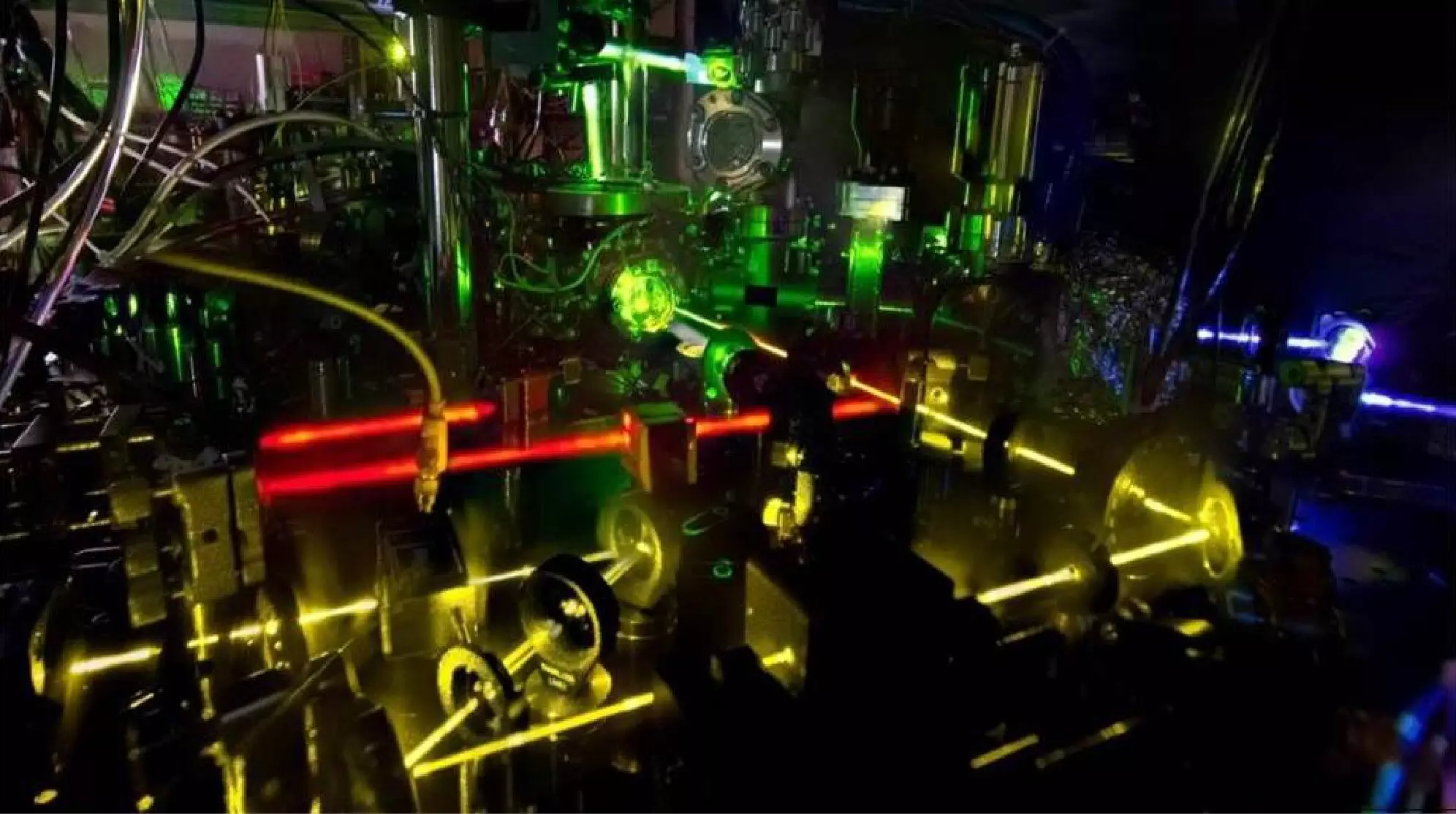In the realm of metrology, the quest for ever-increasing precision in timekeeping has spurred groundbreaking research. The latest advancement comes from a collaborative effort by the Neutral Atom Optical Clocks Group at the National Institute of Standards and Technology (NIST) alongside partners from the University of Colorado and Pennsylvania State University. They have introduced an innovative sub-recoil Sisyphus cooling technique, which could revolutionize the accuracy of atomic clocks. This technique, detailed in a recent publication in Physical Review Letters, enhances the performance of an ytterbium optical lattice clock while also offering promise for future applications in quantum metrology.
Atomic clocks operate on the principles of atomic oscillations, using these oscillations as frequency references for timekeeping. High-precision atomic timekeeping is intrinsically linked to advanced spectroscopy techniques that probe atom states with refined precision. The focus lies in achieving ultra-narrow transition linewidths, often at the sub-Hertz level. Chun-Chia Chen, a co-author of the study, emphasizes that such refined spectroscopy is essential not only for frequency stabilization but also as a foundational aspect of modern optical atomic clocks.
The research team’s initial foray into refining atomic clock performance was inspired by their discovery of a paper on Sisyphus cooling applied to hydrogen and anti-hydrogen. This led them to adapt the principles of this cooling method to improve the function of their atomic clocks. The essence of Sisyphus cooling lies in manipulating atomic energy levels to enhance cooling efficiency, thereby preparing atomic samples for subsequent accurate measurements.
Sisyphus cooling employs a method where atoms are energetically shifted to facilitate controlled excitations in a potential landscape engineered by laser beams. Specifically, the research team adeptly modulated the energy shifts in the excited clock state. By aligning these shifts within a sculpted potential landscape, they enabled atoms to lose kinetic energy effectively. The excitement occurs at the minima of this engineered landscape, allowing atoms to climb potential barriers to subsequently lose energy, culminating in lower kinetic states.
This cyclical climbing and falling motion embodies a form of energy engineering where atoms are repetitively cooled. The researchers successfully implemented this technique within their study, harnessing an ytterbium optical lattice clock. The implications of this method extend beyond ytterbium, theoretically paving the way for its application in various atomic systems, particularly those featuring narrow linewidth transitions.
Historically, achieving high precision in clock spectroscopy has been hampered by differences in trapping potentials between ground state atoms and those in excited clock states. Chen’s team addressed this challenge by focusing on equalizing these trapping conditions through laser-induced standing wave traps, also known as “magic-wavelength” traps.
However, in a striking twist, while intending to improve cooling methods for atomic samples to facilitate accurate clock measurements, they also managed to briefly increase the potential differences between the two states. This counterintuitive step crucially set the stage for enhanced Sisyphus cooling, resulting in both refined sample preparation and minimized potential differences crucial for accurate clock spectroscopy.
The implications of the newly devised Sisyphus cooling technique are monumental for the future of optical clock systems. Beyond enhancing clock accuracy, this innovative cooling method could significantly impact the fields of quantum information processing and computing, where maintaining the integrity of atomic states is crucial.
Plans for future research aim to use this cooling technique not only to improve the accuracy of NIST’s optical lattice clocks but to further explore its utility across different atomic systems. Andrew Ludlow, another researcher involved in the project, highlights that the controlled cooling yields atomic ensembles possessing uniform conditions, thus aiding in detailed analysis of the trapping laser effects on clock frequencies. Moreover, the lower operational temperatures enable the implementation of shallower traps, further minimizing discrepancies in atomic state trapping.
The introduction of sub-recoil Sisyphus cooling by NIST researchers represents a significant leap in the ongoing pursuit of precision timekeeping. By refining the cooling methods utilized prior to high-quality clock spectroscopy, they have paved the way for new strategies and techniques capable of addressing the challenges faced in atomic clock development. As this research progresses, it holds immense potential to transform how we understand timekeeping, with applications resonating throughout both scientific research and technological innovation.

